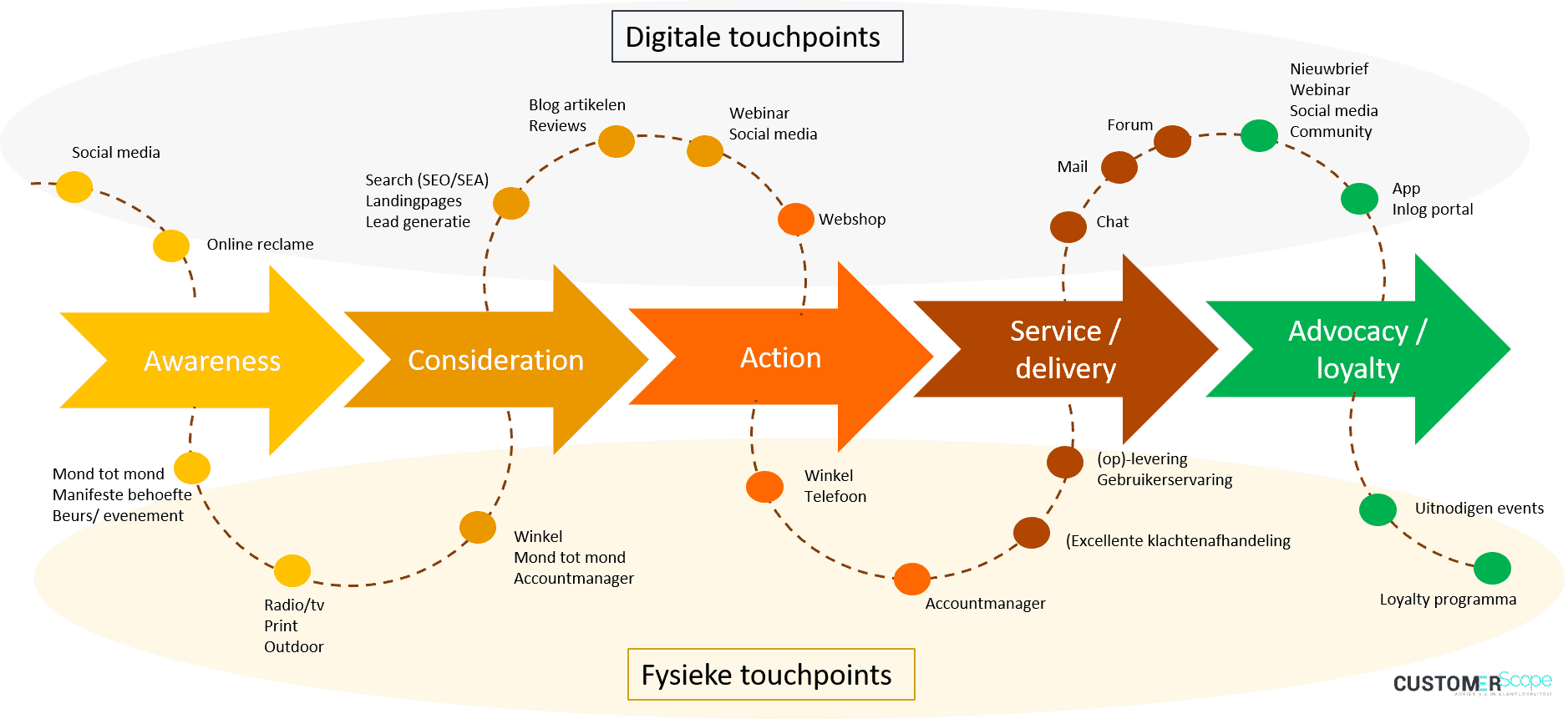

Many organizations think from the inside out. We design a journey that follows our own processes:
campaign → website → form → contact → quote → customer.
Sounds logical, right? Except: that’s not how it works for the customer. A real customer journey starts long before someone visits your website. Think: an internal issue, a chat by the coffee machine, a Google search, or a tip from a colleague.
If you ignore that context, you miss why people even started looking — and why they do or don’t end up choosing you.
A common mistake: building a journey based on assumptions or on how you hope things go. But without real behavioral data, you simply don’t know.
Pageviews aren’t clicks. Downloads don’t equal intent. Without context, data means little.
What you do need: behavioral insights, customer interviews (including the ones you lost!), and tools like Higem, Hotjar, or Clarity to see what’s really happening.
In the podcast, we explain why data isn’t the goal — it’s a tool to understand behavior and intent.
Another big misconception: that the journey stops at marketing. In reality, customer journeys span multiple departments — sales, support, customer success, product development.
If you leave ownership with marketing alone, you’ll end up with a fragmented view and a disjointed customer experience.
A working customer journey:
Or, as we say in the podcast:
“The perfect customer journey doesn’t exist. But you can work towards a version that truly fits your customer’s needs.”
Curious what that looks like in practice?
👉 Listen to the first episode Podcast Demystified.
